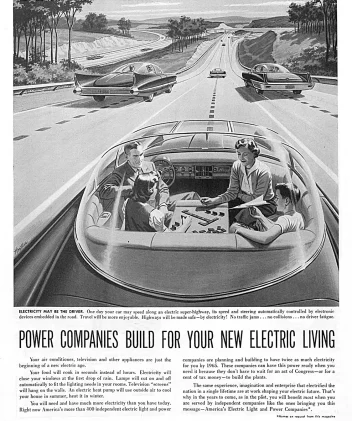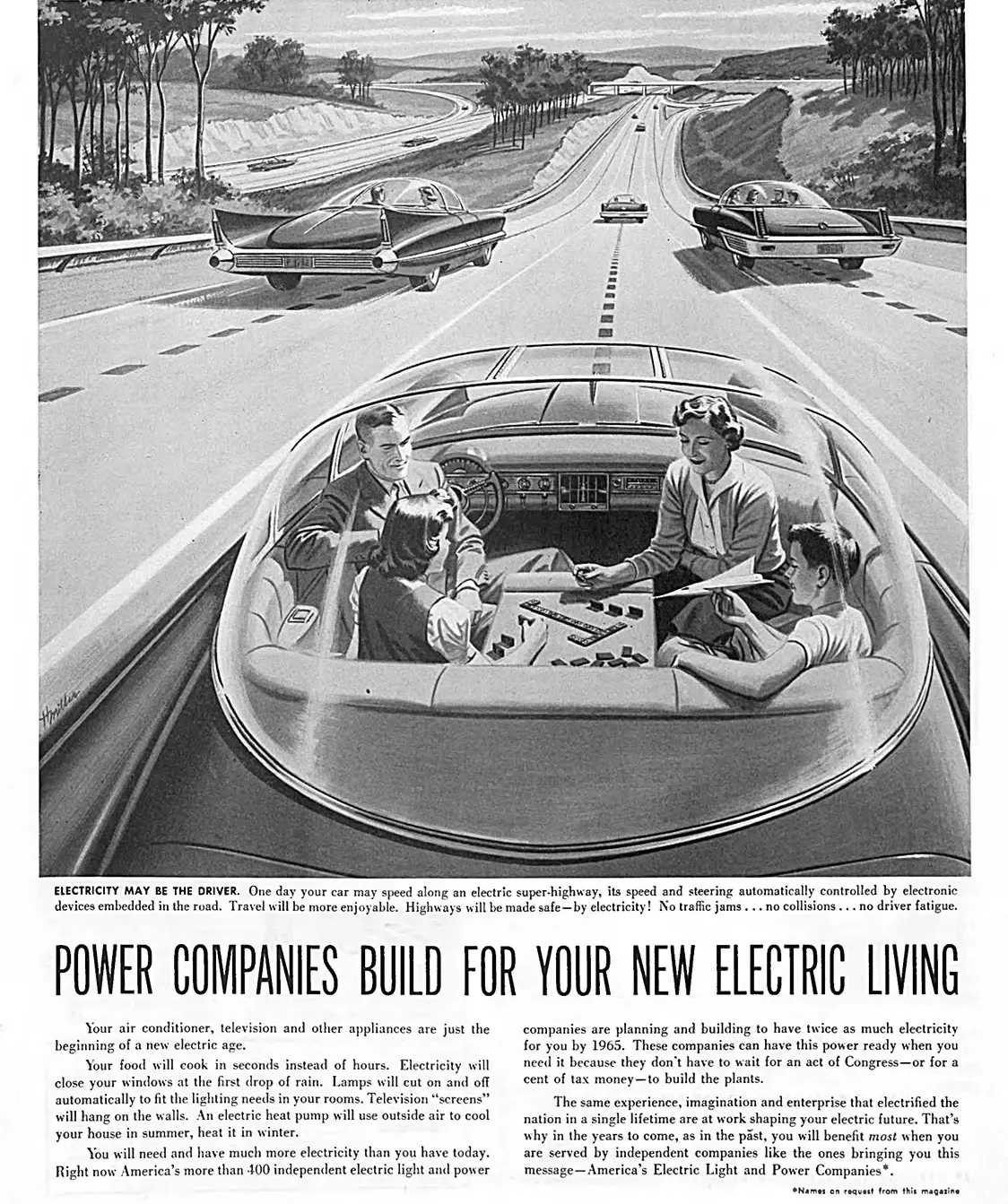DAVE DOBSON OF MOTORHEAD GARAGE April 15, 2024 Drive Online

PHOTOS BY PEXELS
Driver assistance technologies. We see them more and more in today’s cars. And society seems to be divided. At one extreme: automotive purists who want ZERO driving aids. At the other end of the spectrum: the group who’d rather surf the web while being whisked to their destination. A quick and very unscientific survey of friends and fans of our TV shows (Motorhead Garage and Tech Garage) shows that lots of folks are conflicted when it comes to automated driver aids.
Features which received unanimous approval from friends and fans on the socials include heads-up displays, backup cameras, and blind spot warning systems. I agree on all counts. Such devices are unobtrusive, and even the best of drivers have likely been saved a time or two by these features.
Now, let me make a confession. I love cruise control. LOVE it. I use it non-stop on the highway. To the amusement of my friends, I even use it in town, regardless of speed limit. I can get to my desired legal speed and set it there, which means I never have to worry if I’m speeding and never have to worry about getting a ticket.

Conversely, I have come to call ADAPTIVE cruise control “The Spawn of Satan.” In a couple of rental car incidents, I’ve been merrily cruising along on the highway, cruise control set, thinking I’m going the maximum allowable speed. But after a minute or two of seeing the back of the same truck ahead, I look down to find that the cruise control has gradually slowed my vehicle down to five or ten miles per hour (or more) below the speed limit without my realizing it. I’ve recounted this story before, and I’ve been told that I “should pay more attention to my speed.” But doesn’t that defeat the very purpose of cruise control? Non-adaptive cruise enables me to focus on the road and vehicles ahead, not having to worry about speeding. One respondent to my informal survey said, “If I could find a technician to disable (adaptive cruise control), they’d never have to work another day in their career.” I couldn’t agree more.
Even some of the respondents who liked adaptive cruise control either felt lukewarm or disliked lane assist, which warns the driver, through resistance in the steering wheel, when he or she puts a wheel over a line.
I had a few people tell me they like object detection, which applies the brakes to avoid an imminent collision. One friend told me it “saved my a@@ a couple of times.” But, quite notably, I have experienced sudden rapid braking, thanks to false alarms on sharper curves on the highway – or even when driving toward a “steep” hill – in Tulsa, of all places. I can’t imagine driving in San Francisco in that same car. The computer would hit the brakes when approaching every hill.
But one particular moment really stands out to me when I think of driver assistance technologies: A friend once told me of an incident in which she was turning left. Another car, opposing her, was turning left, as well. My friend’s car perceived the other car as an obstacle, braked, and put itself into limp mode. She was left in the middle of a major intersection with oncoming traffic, able to only drive a few miles an hour. It’s not reckless speculation to surmise that she could have been injured – or worse. In my eyes, object detection is a technology that can save some lives, but still needs perfecting – assuming that can be achieved.

The National Highway Traffic Safety Administration (nhtsa.gov ) says 38,824 people were killed in the US in traffic accidents in 2020, claiming “many” of them were tied to human error. Naturally, the urge is to load every car with driver assistance technologies to take the human factor out of the equation and make our roads and highways safer.
However, a 2022 report by National Public Radio says nearly 400 crashes in 11 months involved automated technology, several resulting in fatalities.
So, we in modern society find ourselves at a crossroads. Do we go “all in” on driver assistance technologies, relying on computers, cameras, algorithms, and the people who program all of them? Do we merely trust that Science will finally give us the self-driving cars we saw in dad’s old Popular Mechanics magazines?
And what about automotive enthusiasts? “Car people” who love cars and love driving them? Car people who have, in their lifetimes, seen the new car experience become less and less visceral? For them, automated driving aids take away the enjoyment of driving.
But I’ll argue that they take away something far more important: Personal responsibility. One person who responded to my informal survey said driver assistance technologies “make drivers lazy and inattentive.”
My main concern is that government bureaucrats will start to mandate more and more such features, taking away our ability to choose whether we want them or not. After all, America’s love for the car was built on the freedom of the open road. And America, itself, was built on the pursuit of individual Liberty and personal sovereignty.
So I say this to those in charge: If you’re gonna do it, at least let me “opt in” on each feature. Don’t make me have to “opt out” every time I get into my vehicle.
Oh – and p.s. Nobody likes auto stop/start.